Receive Your Complete
Hurricane-Related Claims eBook

Hurricane activity has intensified over the last decade. It’s typically not years between major hurricanes, and storms are now stalling on land longer than they have in the past. Hurricanes cause catastrophic damages that can occur either in a central area or are spread out over multiple states. These can lead to hundreds to tens of thousands of claims – and it is guaranteed some of them are going to include HVAC systems.
-d92547e52c11971fe03d076ed83ba401519e1ebc.png?v=08082022190525)
Hurricanes, like any storm, have multiple elements that could cause damages to residential and commercial properties. However, their severity and effects are typically far worse. Causes of loss related to hurricanes that create the most HVAC system damage are wind, water, lightning, and power surges.
Depending on the severity, damages may require a minor or major repair or a full system replacement, though that is the rare. Minor repairs could include cleaning the condenser coil or combing the aluminum fins to straighten them. More major repairs may have to be done if the condensing unit is blown over or pushed off its pad. Consider scope of damage before settling for more repairs or replacements than are needed.
HVAC systems with components on the ground or in a crawlspace or basement would be most at risk for damage from water, floods, or storm surge. Damages may include dirt and debris stuck in the condenser coil fins; damage to the compressor, electrical compartment, and fan motor; or a shifting of the condensing unit because of the force of the water. It is essential to determine the cause of loss for equipment so as not to settle for a non-covered water loss.
Lightning and Power Surges
Direct lightning strikes can be problematic for HVAC systems. They may hit outdoor components, including condensing units or package units, and lead to electrical malfunctions. High voltage surge damages may be a result of a lightning strike that occurs elsewhere, such as to a transformer, and the extra voltage travels through wires and pipes leading to other equipment. Surges can also occur following a power outage. A scope of damage assessment would determine what equipment was impacted.
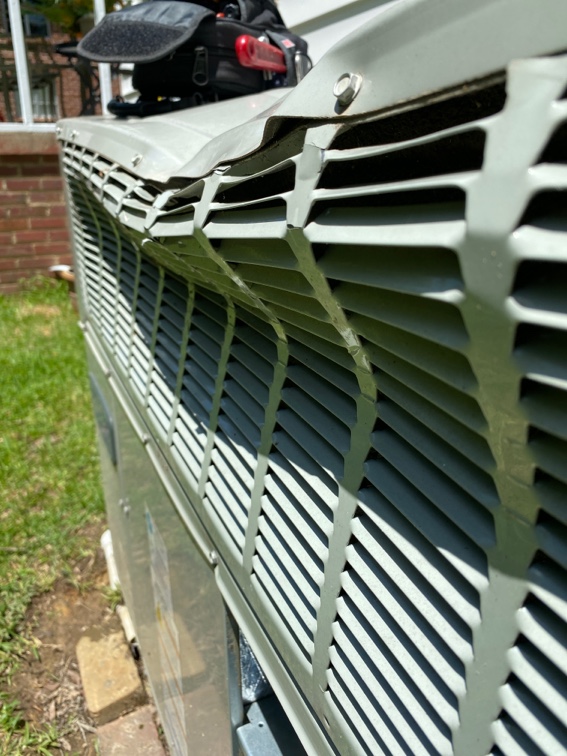
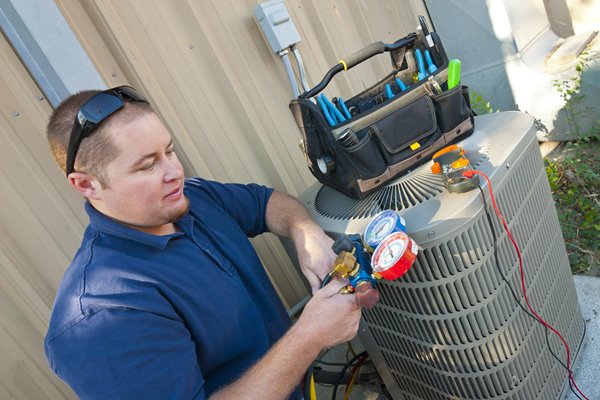
Hurricanes have impacted thousands of policyholders over the last few years. Adjusters and other insurance professionals entrusted HVACi to complete damage assessment reports to ensure claims were settled quickly and accurately. Testing results showed much of the HVAC equipment included in claims was either non-damaged or had malfunctions due to age-related wear and tear.
Hover Below To See Percentages
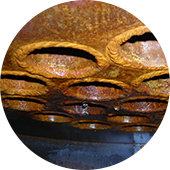
Over a fourth of HVAC equipment claimed after Hurricane Helene and Milton and assessed by HVACi was damaged by wear and tear. For claims after Hurricane Beryl, the figure was 36%.
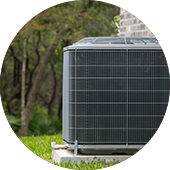
26% of HVAC equipment assessed by HVACi after Hurricane Milton was non-damaged at the time of assessment.
Catastrophe claims can pile up after an incident because of widespread damage to a particular area. Policyholders may include multiple items in a claim, regardless of whether their contractor has given an estimate. Unfortunately, if carriers do not take the time to obtain an objective, thorough damage assessment, they may wind up settling for losses that are not covered by the insured’s policy or for equipment that was non-damaged at the time of assessment.
HVACi’s damage assessments
include actionable reports with:

Detailed cause of loss verification

Recommended repairs or replacements
Repair vs. Replace Frequency Graph
for HVAC equipment HVACi assessed in Hurricane Helene claims
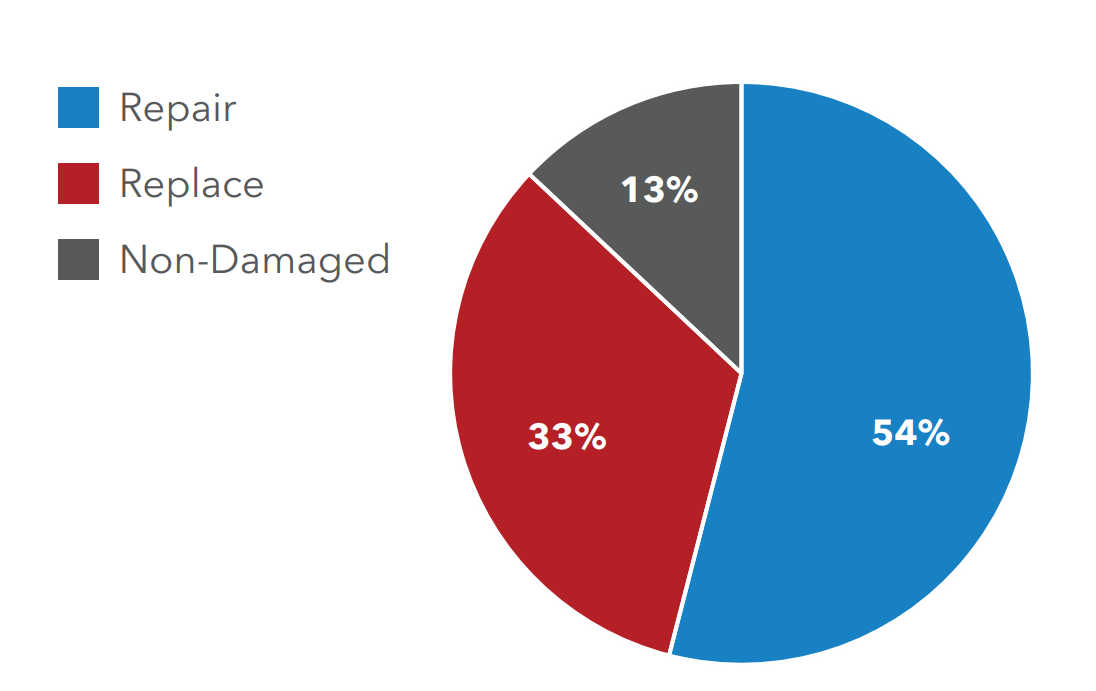
Hurricanes and other perils are strong enough to destroy an HVAC system to the point it requires a full replacement, though rare. Even then, carriers are at risk for settling more than they should if they do not verify equipment availablily and market value pricing. Desktop reviews provide this information if an onsite assessment is unnecessary.
